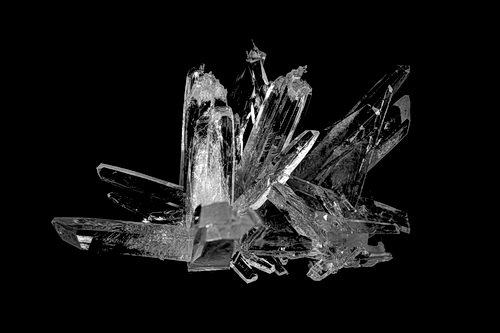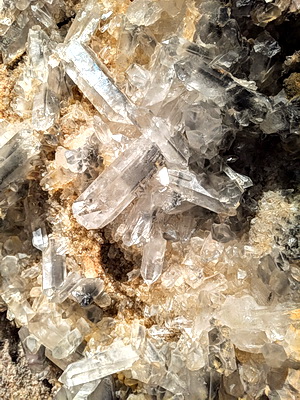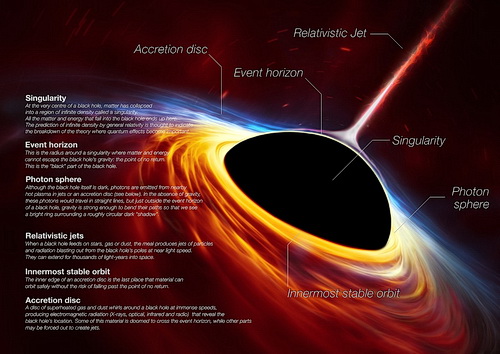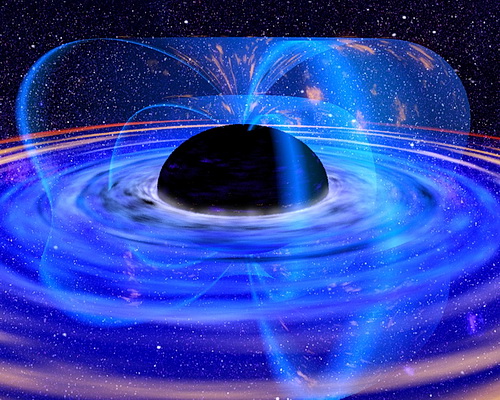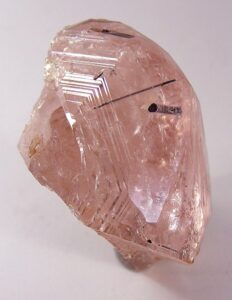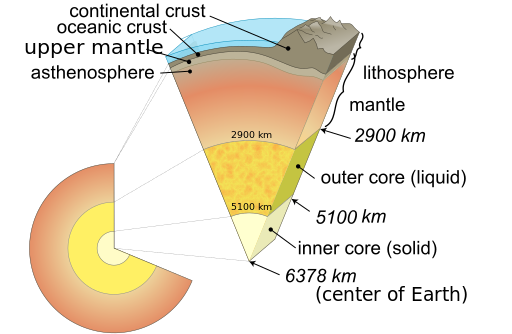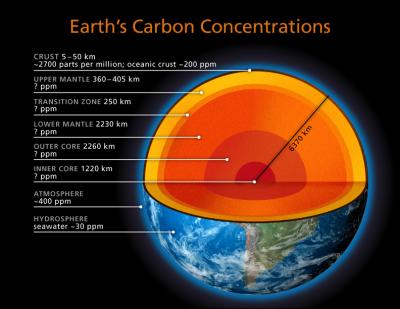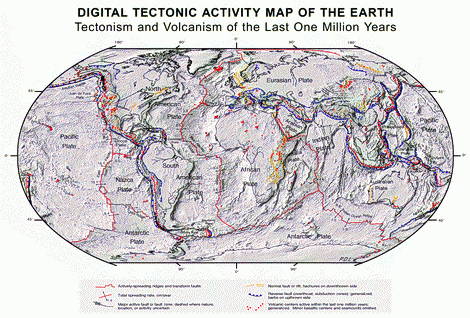
Rice is one of the top three food crops grown in the world. Based on production and use of land, rice only follows maize and sugarcane. Around 78% of the total crop grown in the world is consumed by humans as food.
While it continues to be a dinner table essential, it has many other uses as well. It is used as a gluing agent in various industries and is primarily consumed in the Eastern part of the world, specifically Asia. Additionally, rice has some nutritional benefits, especially brown rice.
It is one of the very few crops which need a lot of water to grow. Hence, it is grown in areas where water is available abundantly. Rice, along with maize and wheat, is the main source of calories for almost 50% of the world’s population. It is cheap and easily accessible, and many different varieties of rice are available. Since it is a staple crop for more than half of the world’s population, rice cultivation is increasing every year.
However, with the ever-growing population, the consumption of rice is also on the rise. The rate is much higher than the cultivation rate. Another major issue with rice cultivation is the shortage of water. Thus more and more farmers are relying on genetically modified crops that can be grown in a shorter period with less need for water.
Rice is mainly grown in the Asian belt with countries like China, India, Pakistan, and Bangladesh securing a place in the top ten list of the world’s largest rice producers. But the interesting fact is the same countries are also the world’s largest consumer of rice.
It is estimated that the demand for rice will rise to 555 million tons in the current year as opposed to 490 million tons in 2019. It is also expected that Asians will be responsible for consuming 67 % of the total yield. An overview of top rice-producing countries is as follows.
China
China tops the list of the world’s largest producers of rice. The largest producer of rice is also the biggest consumer, as it also tops the list of countries with the largest population. Rice, being a dietary staple in China is essentially part of every Chinese meal. The country alone produces 35% of the top world’s rice yield. China manages to produce around 197 million tons of rice every year.
The crop is grown on more than 30 million hectares of land. With technological advancements in genetic engineering and increased use of genetically modified foods, the yield of rice per hectare in China is much higher compared to other countries in the world. China consumes almost 148 million tons on its own. Whereas the rest is exported to other parts of the world.
India
India secures second place on the list of top rice-producing nations in the world. The cultivation area of rice in India is more than in China. Rice is grown on 44.1 million hectares in India as opposed to 30.17 million hectares in China. However, due to the use of genetic engineering and hybrid seeds, the annual rice yield in China is more than that in India.
The annual yield in India is 148 million tons compared to 197 million tons in China. More than 50% of the Indian population feeds on rice as a primary food and consumes around 99 million tons of rice domestically. This also makes India the second-largest consumer of rice.
Moreover, the government supports rice cultivation by providing subsidies on rice seeds, fertilizers, and machinery. Together India and China account for more than 55% of the total rice grown in the world.
Indonesia
Third on the list is Indonesia. Compared to the two rice giants, rice cultivation in Indonesia is substantially less. The crop is grown on approximately 12.2 million hectares of land. 65 million tons of rice is produced annually in Indonesia, but the country only consumes 37.5 million tons. The rest of the rice crop is exported to other parts of the world.
The global demand for rice is increasing very rapidly and Indonesia, which is the largest Muslim country, is playing an important role in meeting this demand.
Bangladesh
Bangladesh is the fourth-largest producer of rice and has the highest per capita rice consumption in the world. The crop is grown on 12 million hectares of land. The annual rice production in Bangladesh is 47 million tons. Unlike the top three producers of rice where rice is grown on a large field, Bangladesh rice cultivation is usually owned and managed by families.
The annual consumption in Bangladesh is around 40 million tons. Thus, there is practically nothing left to export. Rice is considered as a food security in Bangladesh mainly because of the high consumption rate.
Thailand
The fifth-largest producer of rice is Thailand. With cultivation on an area of fewer than 10 million hectares, the country manages to produce more than 30 million tons of rice. However, the consumption of rice is around 10 million tons domestically. Hence, Thailand is one of the major exporters of rice around the world. Thailand is the largest exporter of rice with annual rice exports of around 18 million tons. The jasmine basmati rice grown in Thailand is one of the most famous varieties in the world.

